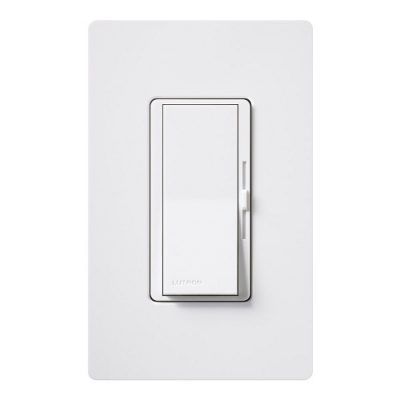
Design & Innovation
Everbright lights are designed for ease of installation and maintenance. Rethink, reimagine and reinvent.
Light & Control
Everbright lights are designed for smooth and dynamic control. Dim, tune and change.
Ambient & Accent
Everbright lights are designed for general, task and accent lighting. Glow, illuminate and highlight.
At Everbright, light is beautiful.
We have been providing illumination requirements of lighting designers, architects, engineers, interior designers, property developers, and project designers since 2007.
Latest Posts
Why do LED lights flicker?

This is a common issue in today’s lighting world. LEDs only became popular in the past few years. Traditional dimmers are designed for incandescent bulbs and halogen bulbs. Some of them don’t work well with LEDs. To resolve the flickering problem, we have to choose dimmers that are compatible with LED lights. If you’re unsure about your dimmer switch, visit light manufacturer websites for lists of compatible dimmers.
How to read Lighting Facts label?

The Energy Labeling Rule requires light bulb manufacturers to give consumers key information in an easy-to-read format.
The Lighting Facts label gives shoppers the information they need to buy the most energy-efficient bulb to meet their lighting needs. The label includes a bulb’s brightness, energy cost, life, light appearance, and wattage. In addition, the principal display panel on the front of packaging focuses on lumens, a measure of brightness, rather than on watts, a measure of the amount of energy used, and includes the estimated yearly energy cost for each bulb. Bulbs themselves also feature lumens, and in the case of CFLs, a mercury disclosure.
For more info, please refer to FTC site.
How to choose the right color temperature lights?

Lower color temperature lights produce warm-whites, similar to a candle light, while medium color temperature lights produce neutral-whites, and higher color temperature lights produce cool-whites or mimic daylight. Warm white allows your brain to produce the melatonin needed for a comfortable sleep. They are most commonly found in bedrooms, living spaces, spas, and restaurants. Daylight will increase serotonin production keeping you focused, alert, and energized. They are most commonly found in bathroom, office, classroom, stores and industrial areas.